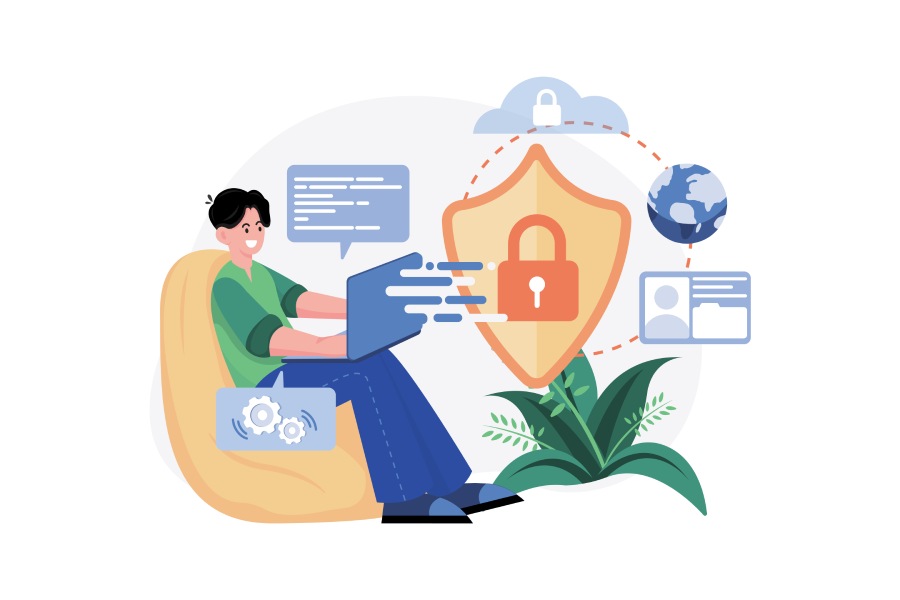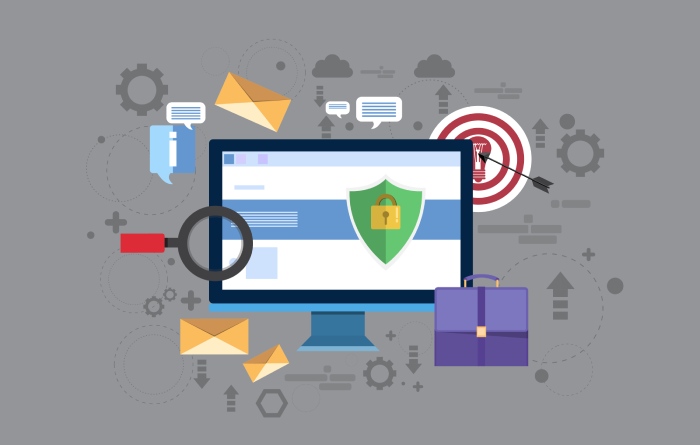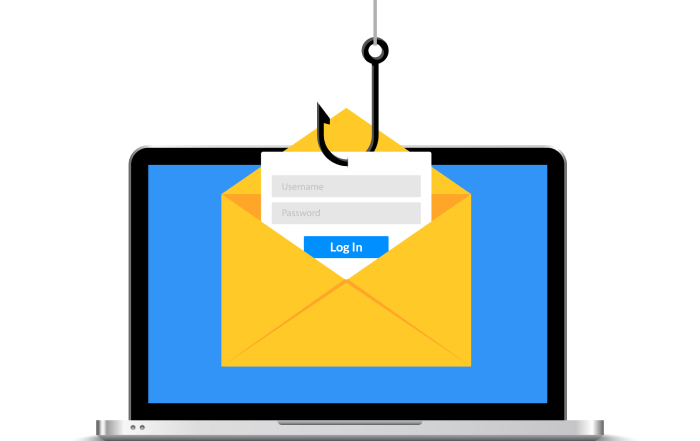With the surge in cybercrimes and continuously evolving attack methods, being cyber smart is something every employee and individual should aspire to become for protection against cyber threats. Here is how you can become cyber smart with select cybersecurity tips.
October is celebrated as Cybersecurity Awareness Month, as declared by the US president and Congress in 2004. Cybersecurity Awareness Month had meaning before, but today, it has reached far and is widely used to spread cybersecurity awareness worldwide. The post-COVID era has ushered in adopting hybrid work environments and cloud services, revolutionizing every sector but creating more endpoints and services for cybercriminals to exploit.
Here is a take on Cybersecurity Awareness Month and how to be cyber smart so you can protect your data and services from malware, phishing, exploits, data breaches, and every cyberattack out there.
Why is Cybersecurity Awareness Important?
Technology is present to ease all processes and take the workload off of individuals. But technology is only the support since people remain the strength of organizations. Hence, cyber criminals are always adopting new methods of social engineering and manipulation to target individuals and employees for malicious purposes.
Unaware and uneducated employees can open organizational networks and critical business and customer data to cybercriminals. Cybersecurity Awareness can help you avoid this and get the best education to thwart cyberattacks against finances, data, and digital lives.
Even top brands are joining the trend, with Microsoft providing resources and skills via a Cybersecurity Awareness Month portal to educate security professionals, businesses, and people on cybersecurity fundamentals and tips that can protect their organizational and individual data.
The First Steps to Cybersecurity Awareness for Businesses
With WFH (Work From Home), workplace boundaries have expanded, demanding a comprehensive approach to security. Businesses should start with cybersecurity awareness to safeguard personal information, data, and all systems connected to the organizational network. Cybersecurity Awareness programs enable the workforce and security professionals to manage everything effectively, thus minimizing human risk and ensuring better all-around protection.
Businesses and cybersecurity professionals should:
- Engage the leadership and the workforce by focusing on the necessities. Instead of explaining what measure to take, you should start with why the action is necessary to educate better.
- According to SANS Institute, you should have a 10 to 1 ratio of technical security individuals to human-focused ones.
- Engaging the workforce to communicate with other departments, such as human resources, business, communications, and technical staff, for collaboration and sharing knowledge.
- Choose a simple yet effective security program that shares essential tips frequently and collects employee feedback to improve future ones.
Becoming Cyber Smart: Top Cybersecurity Tips for Protection
Some of the most common cyberattacks in 2022 are phishing and malware at 20% and 22%, respectively. With RaaS (Ransomware as a Service), automated tools, advanced social engineering tactics, and unsecure human elements and endpoints, it would be best to begin protecting against these common attacks in the organization and personally.
How to protect against phishing?
Phishing is a cyberattack where threat actors target login credentials and finances by leading individuals to fake websites using malicious URLs (Uniform Resource Locators) in emails. In 2021, phishing emails, fake websites, and texts accounted for 30% of all cyberattacks, and phishing remains the most common cybercrime. You can protect against phishing by:
- Verifying the sender’s email address with the domain name and cross-checking with verifiable contact information on the web.
- Before verifying the sender’s identity, do not click on any links or unexpected attachments in emails.
- Check emails for common phishing signs such as grammatical errors, unsolicited conversations, and the email body’s urgency of bill payments, taxes, and sweepstakes.
How to protect against malware?
Malware is malicious software that helps cybercriminals compromise systems and services. This malicious software is used to encrypt data and disrupt services, allowing the threat actors to demand ransoms in exchange for a stop to this interruption. You can avoid malware and ransomware by:
- Investing in automated tools and antivirus programs to continuously scan networks and systems for malware presence.
- Keeping the system up to date and downloading all security patches for software.
- Avoid malicious links and file downloads via phishing emails, as they may download malware without your knowledge.
- Do not open or execute untrusted files from the Internet.
How to protect devices and software?
Unpatched devices and out-of-date software create access points for threat actors. Cyber smart means practicing cyber hygiene by keeping all devices and software secure. You should:
- Enable biometric locks or any authentication mechanism available on all devices.
- Employ MFA (Multi-Factor Authentication) for extra protection.
- Update all system software and invest in good antivirus software.
How to protect against scams?
Fraudsters and scam artists target finances and personal information using various scams such as reward schemes, tax rebates, and prize pools. They often create non-existing problems, asking you to fix the problem. Threat actors often impersonate genuine organizations and services to scam you. You should:
- Avoid unsolicited technical support calls or emails requesting you to download patches.
- Avoid downloading software from emails and third-party websites.
- Verify the sending organization’s patch and details by referring to the official site on Google.
How to protect your passwords?
Your passwords must be protected as they can compromise your accounts, allowing cybercriminals to carry out malicious intentions. With every employee and individual operating multiple accounts, you should:
- Use password generators for strong passwords.
- Avoid reusing passwords and accessing critical accounts on public networks.
- Use a password manager or a passwordless approach with authenticators or FIDO2 security keys.
Creating a Diverse Cybersecurity Culture
The US alone has nearly 714,548 vacant cybersecurity positions, and there will be a shortage of skilled cybersecurity staff in the coming years. On the other hand, cyber crimes are surging, which means that qualified cybersecurity professionals will be needed but will not be easy to find. Amidst such a challenge, organizations should promote a diverse cybersecurity culture within the organization so the current employees can fulfill the cybersecurity demand and ensure the security of the organization and its customers.
Cybersecurity Awareness should be one of the top priorities extending from the board to the unit level of the organization. Businesses can create cybersecurity programs and invite CISOs (Chief Information Security Officers) and cybersecurity researchers for seminars to achieve a security-first culture.
Furthermore, employees can also opt for cybersecurity programs offered on the Internet and enhance their portfolio in tech by completing fundamental certifications. Many similar programs are available on the Internet, some of the best being Microsoft Certifications and Google Courses.
Final Words
Cybersecurity is a collective and continuous effort rather than an achievement. Cybersecurity Awareness Month is a special one that has enhanced October and is allowing organizations and individuals to learn more about cybersecurity tips and best practices.
With the tech and business community coming together for collaboration and awareness about cybersecurity this month, it is also important to understand the significance of cybersecurity all year round. You should always remember the above cybersecurity tips, follow them for the best protection, and keep educating yourself on the latest cybersecurity.


